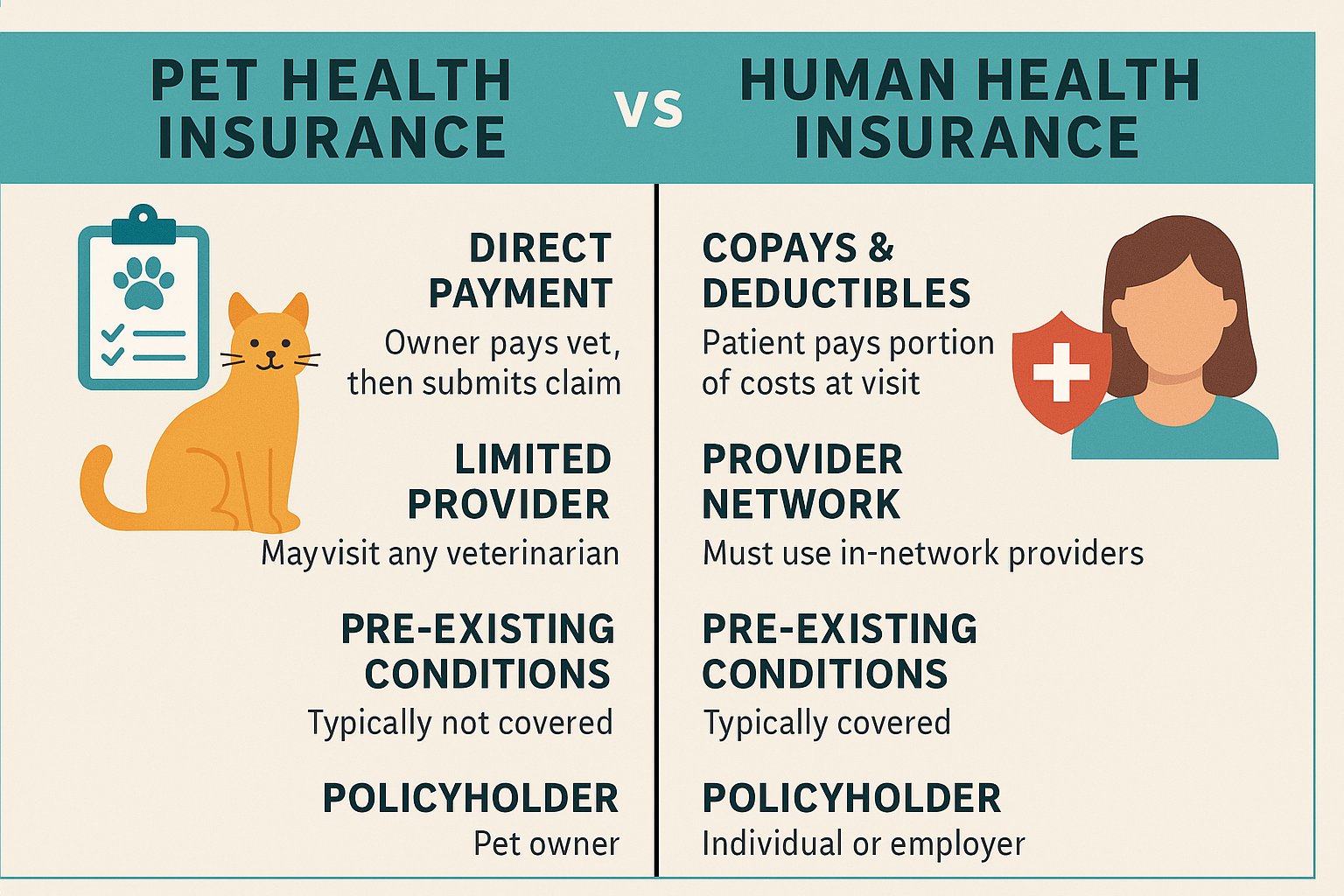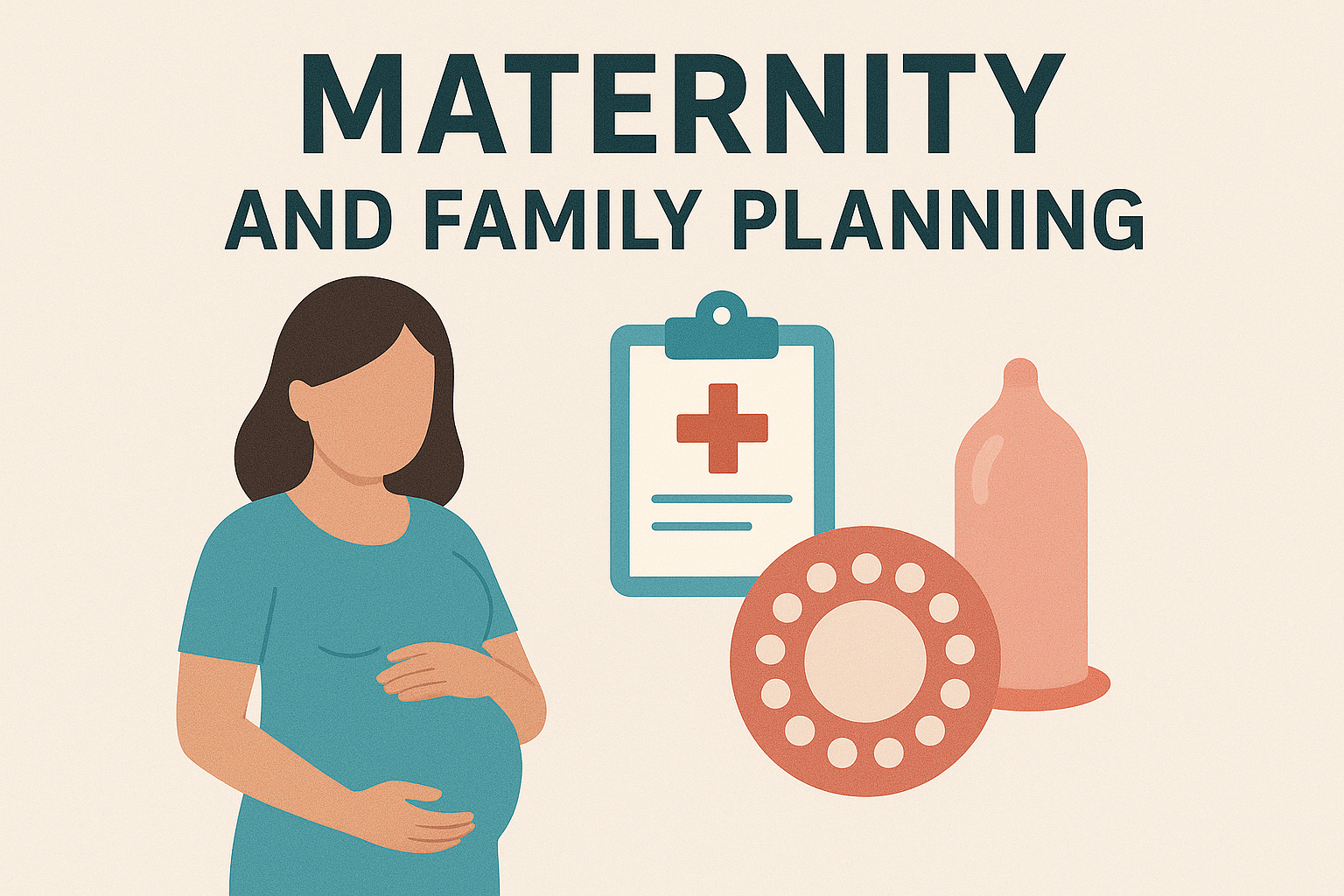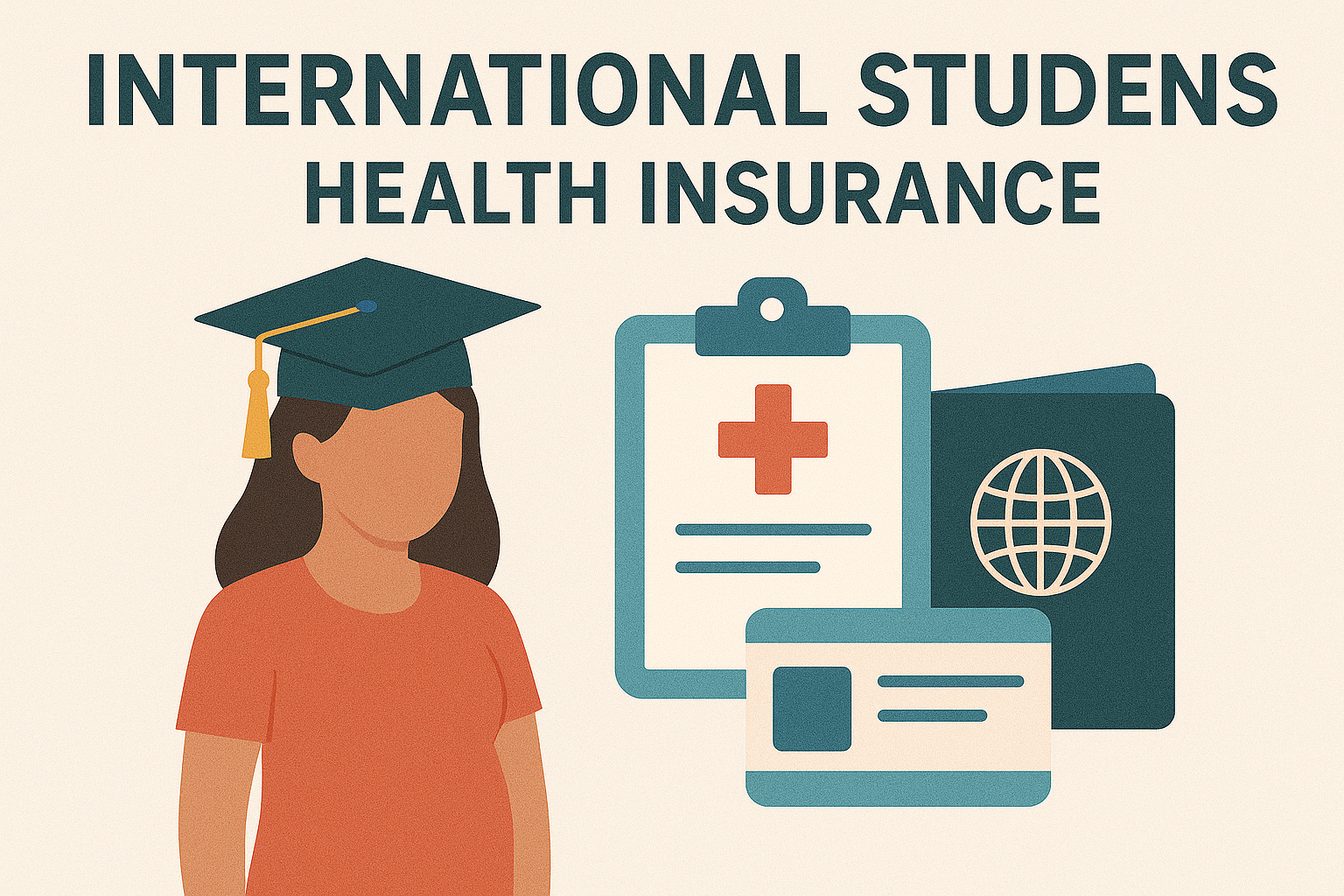
2025 Updates to the Affordable Care Act (ACA)
The Affordable Care Act (ACA), originally passed in 2010, continues to evolve in response to the changing needs of Americans, advances in healthcare, and political priorities. In 2025, several key updates to the ACA have been introduced, aiming to expand access, improve affordability, and enhance the quality of care across the United States. These reforms are designed to strengthen the healthcare safety net, particularly for low- and middle-income families, while addressing some of the long-standing challenges in the insurance marketplace. If you’re planning to enroll in health coverage this year or simply want to stay informed about your rights and options, understanding the latest ACA changes is essential.
One of the most significant changes in 2025 is the continued extension of enhanced premium tax credits, which were initially introduced under the American Rescue Plan and extended through the Inflation Reduction Act. These subsidies have been a game-changer for millions of Americans, making health insurance more affordable by reducing monthly premium costs based on income. In 2025, these credits remain in place, allowing more people—particularly those in the middle-income bracket—to qualify for financial assistance when purchasing insurance through the federal or state-run Health Insurance Marketplace. This update continues to close the gap in coverage affordability and increases enrollment across age and income groups.
Another major improvement in the ACA for 2025 involves a redefined affordability threshold for employer-sponsored health coverage. Previously, the definition of “affordable” coverage created what was known as the “family glitch,” where dependents were left without affordable options if employer coverage was only reasonably priced for the employee and not the family. The new rules finalized for 2025 have effectively eliminated this issue, allowing more dependents to qualify for marketplace subsidies if employer-sponsored plans don’t meet affordability standards. This change significantly broadens the safety net for working families and ensures fewer Americans fall through the cracks when it comes to healthcare access.
In 2025, the ACA also emphasizes the expansion of Medicaid eligibility in states that have not yet opted into the program. The federal government is offering additional incentives to encourage expansion, which could provide coverage to millions of uninsured low-income adults. While Medicaid expansion remains a state-by-state decision, several states are reconsidering their positions due to increased funding and public demand for broader access. For individuals residing in non-expansion states, these efforts could result in significant changes to eligibility criteria and available benefits in the near future.
The ACA’s updates this year also include improved protections for consumers in relation to prescription drug pricing and transparency. New provisions require insurance companies to clearly outline medication coverage and cost-sharing information, making it easier for enrollees to understand what drugs are covered and how much they’ll pay out of pocket. These transparency rules are intended to reduce surprise costs and empower consumers to make more informed decisions about their health coverage. In conjunction with negotiated drug pricing provisions under federal healthcare reform, the ACA’s focus on affordability extends beyond premiums to include more manageable pharmaceutical expenses.
In terms of preventive care, the 2025 updates to the ACA reaffirm the law’s commitment to zero-cost sharing for a range of essential health services. This includes screenings, vaccinations, maternity care, and mental health services, all of which must be covered by ACA-compliant plans at no additional cost to the insured. These protections remain intact despite ongoing legal and political challenges, providing reassurance to Americans that they can access necessary care without financial barriers.
In conclusion, the 2025 updates to the Affordable Care Act reflect a continued commitment to building a more equitable, accessible, and affordable healthcare system in the United States. From expanded subsidies and redefined affordability rules to improved Medicaid incentives and greater transparency, these changes reinforce the ACA’s role as a cornerstone of American health policy. As the healthcare landscape continues to evolve, staying informed about the latest ACA developments is crucial for making the best decisions for you and your family. With Open Enrollment 2025 in full swing, now is the time to explore your options, take advantage of new benefits, and ensure you’re fully covered under the updated provisions of the Affordable Care Act.



